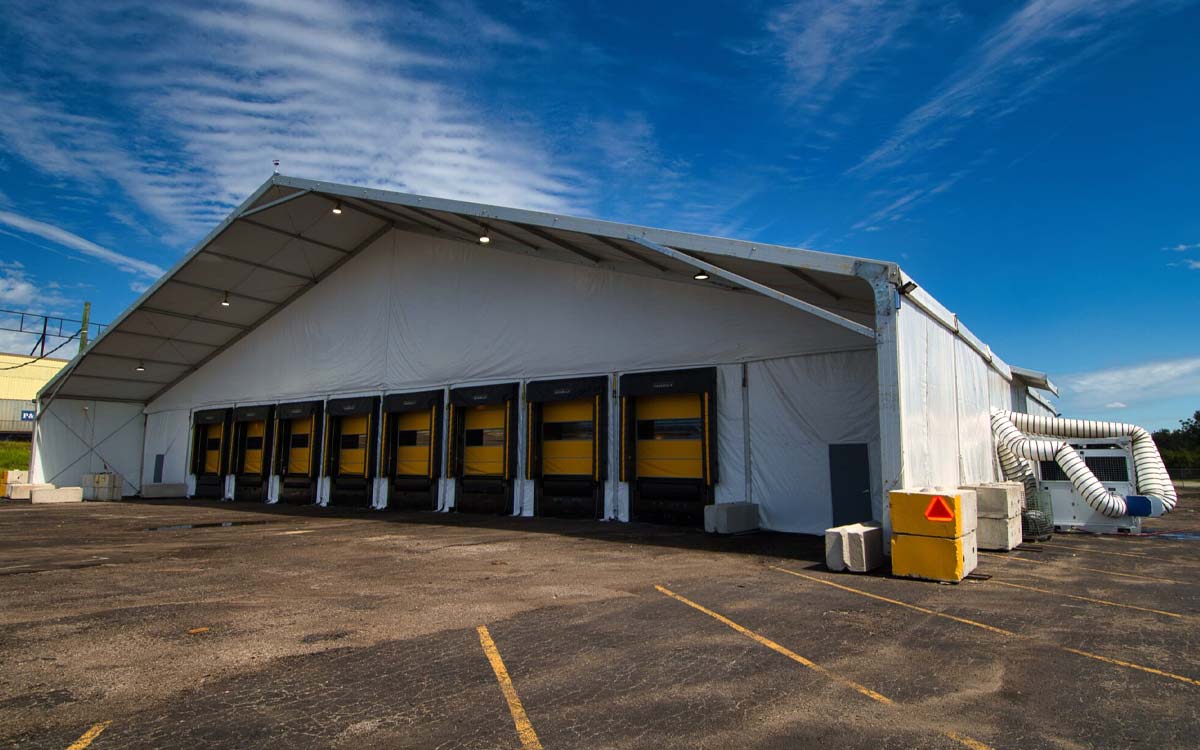Location. Location. Location. A mantra that once defined successful retailing now applies to today’s rapid-paced Ecommerce environment. Only this time, finding an ideal “location” refers to nabbing existing buildings in close proximity to customers to serve as in-fill distribution centers.

Although many of these industrial buildings lack the design specs needed for fast-paced distribution, they can be transformed into viable shipping operations more quickly than new construction. To meet consumers’ “need-it-now” delivery paradigm, retrofitting these obsolete facilities and their loading docks is critical to fueling Ecommerce distribution.
So grab the paddles and get creative to breathe life into these buildings:
- Visualize Possibilities: Consider the property your blank canvas and make the assets work for you. Size and configuration can all contribute to workable loading space, including installation of non-traditional docks to load inside the building, in a parking lot, etc.
- No More Mortar: If you’re planning to shatter the bricks and mortar of traditional retail, leave concrete out of the equation. This permanent solution kills the flexibility and speed that is critical in the Ecommerce delivery environment.
- Gain Flexibility: Modularity is “velcro” for buildings; explore portable loading docks and ramps that are easily installed for loading, and then unbolted and relocated when needed to accommodate Ecommerce trends.
- Smooth Operation: Self-standing cross dock loading systems mimic permanent set-ups at major retail fulfillment centers. Set up virtually anywhere on property, cross docks receive incoming trailers, sort loads, then move product cross-dock for immediate transport. Online meal delivery companies significantly benefit from self-standing cross docks for expedited unloading/sorting/re-loading without having to store perishables.
- Mixed Bag: As FedEx vans, Postal carrier trucks and Uber drivers have joined the ranks of possibilities to handle last-mile customer delivery, ensure that loading docks and levelers can accommodate these varying trunks and trailer sizes so transfer of goods is safe and won’t damage product shipments.
- Big Picture: Getting closer to customers can mean smaller urban spaces and the need for bigger thinking. Walk through each step of the operation to pre-determine issues, such as the turning radius needed for semi tractor/trailers (requires a 150 ft. approach when two docks are side by side).
- Clear the Decks: Check in with local city government to investigate any environmental restrictions or zoning issues that would inhibit loading operations or influence your dock configurations, particularly if the building has remained vacant.
To deploy a loading dock engineer to virtually tour a property via Google Earth, call Dockzilla Co. at 1-800-637-3036 or email: [email protected]. Together, you can review more creative options and loading configurations to help retrofit your building.

